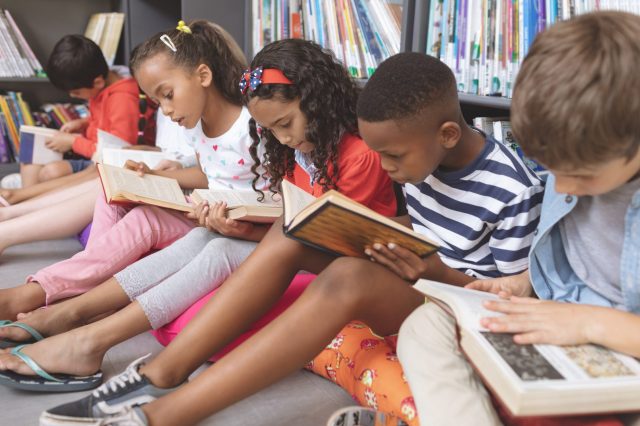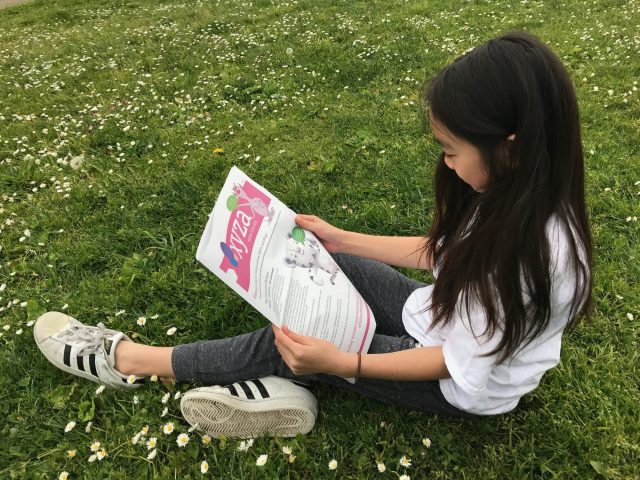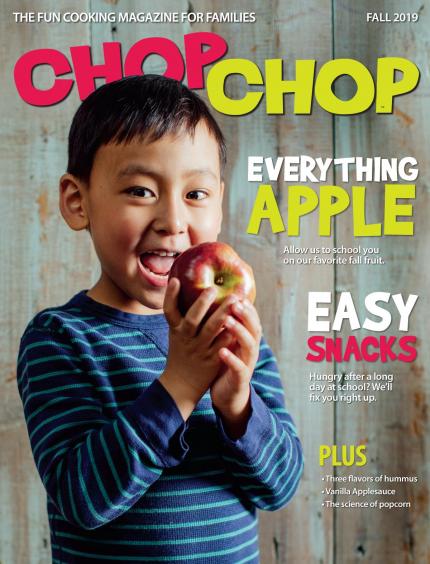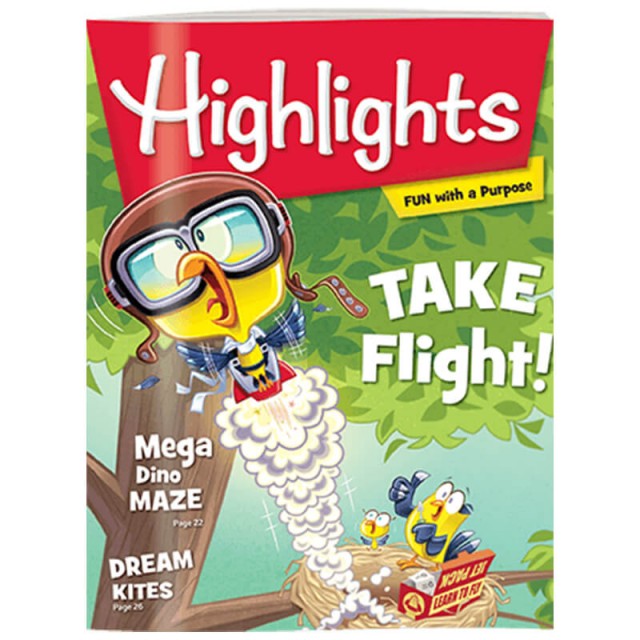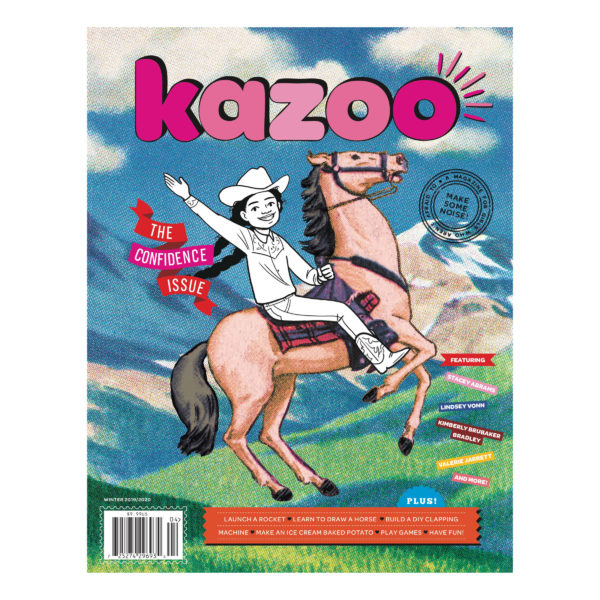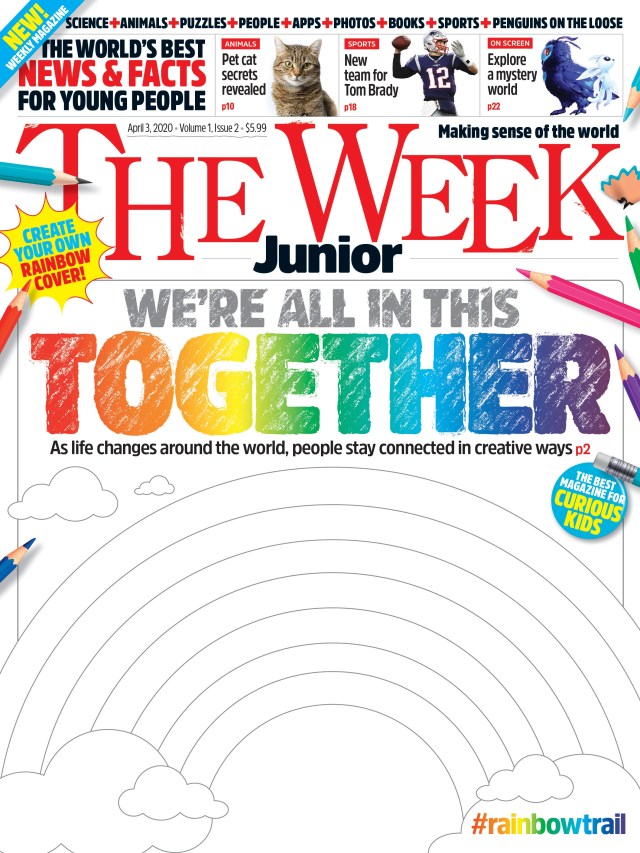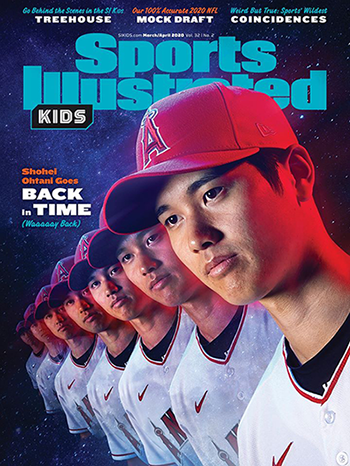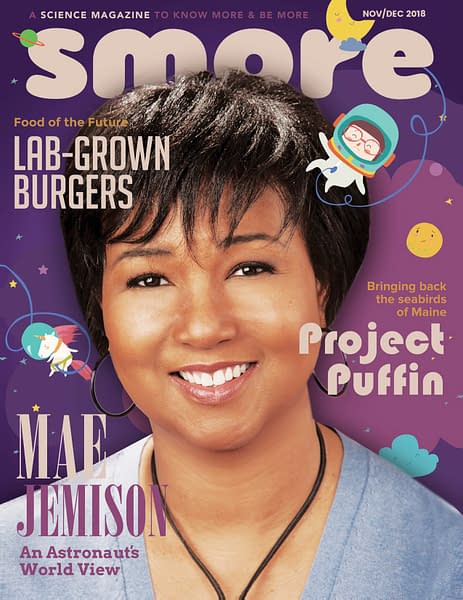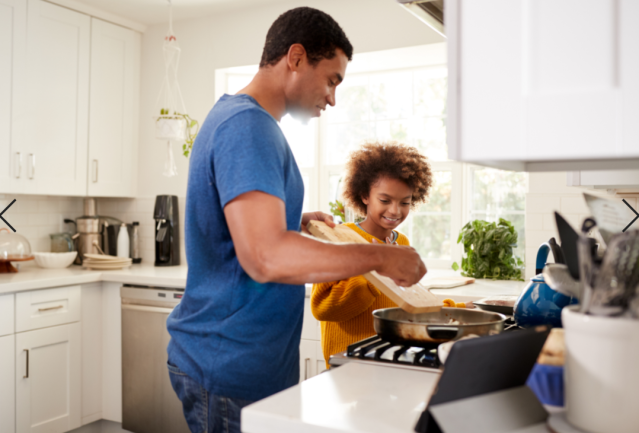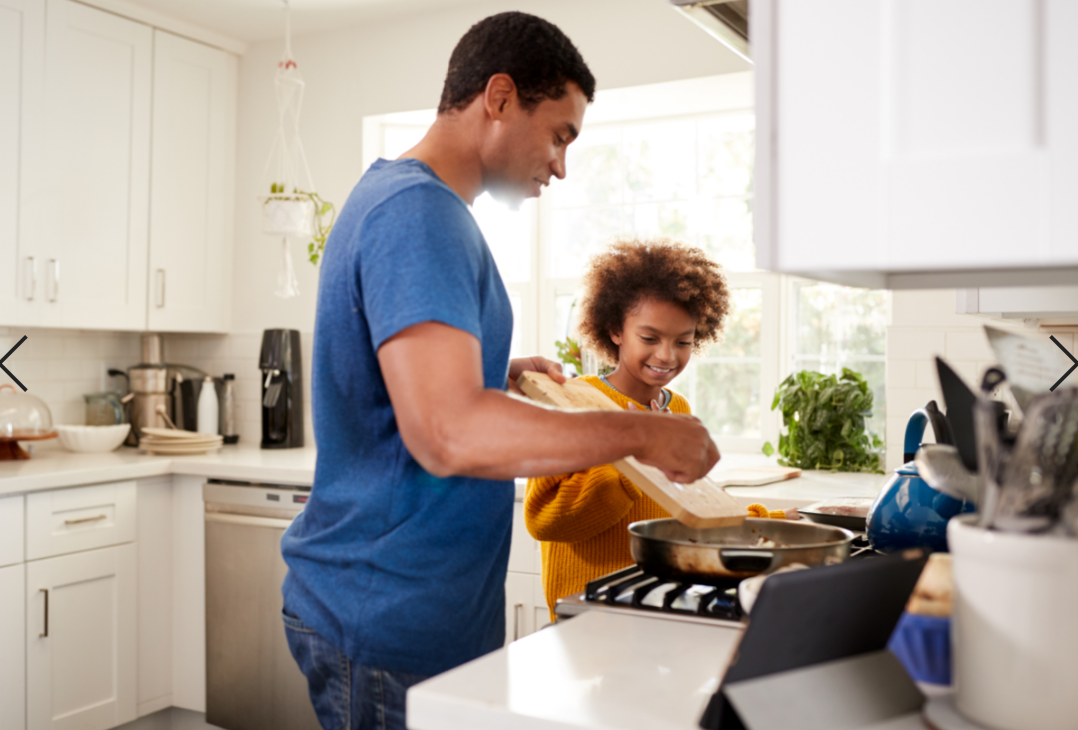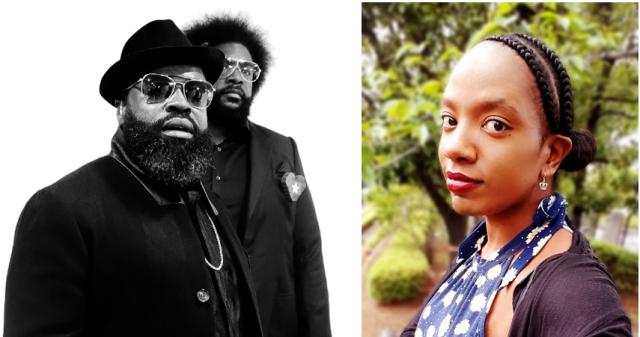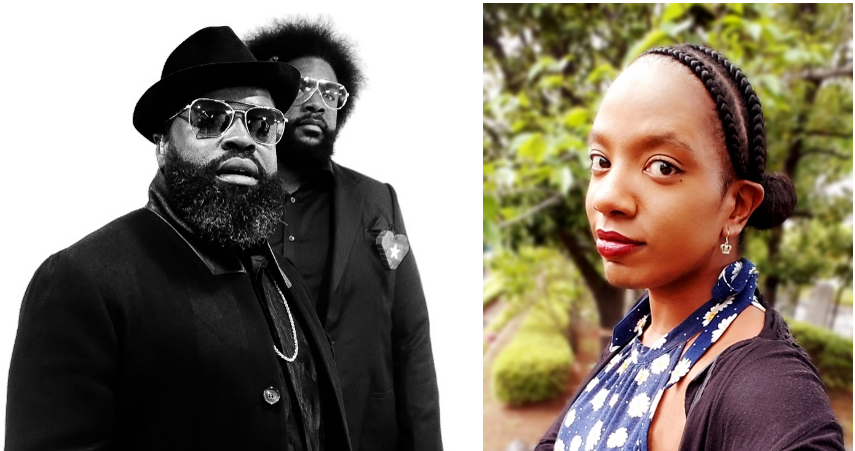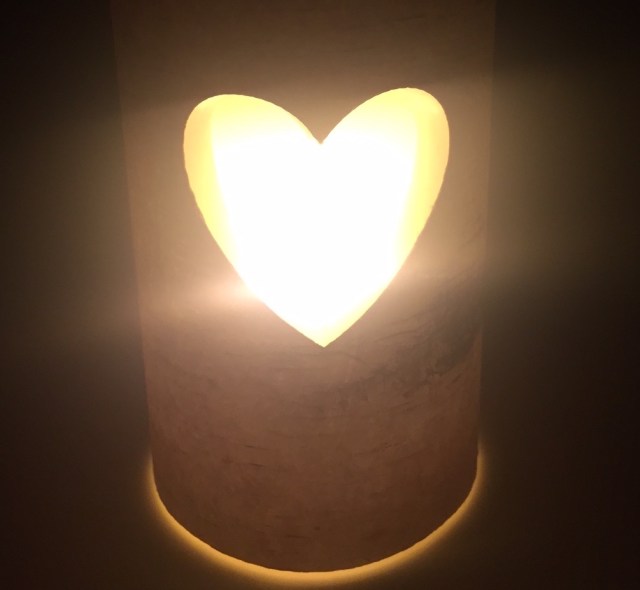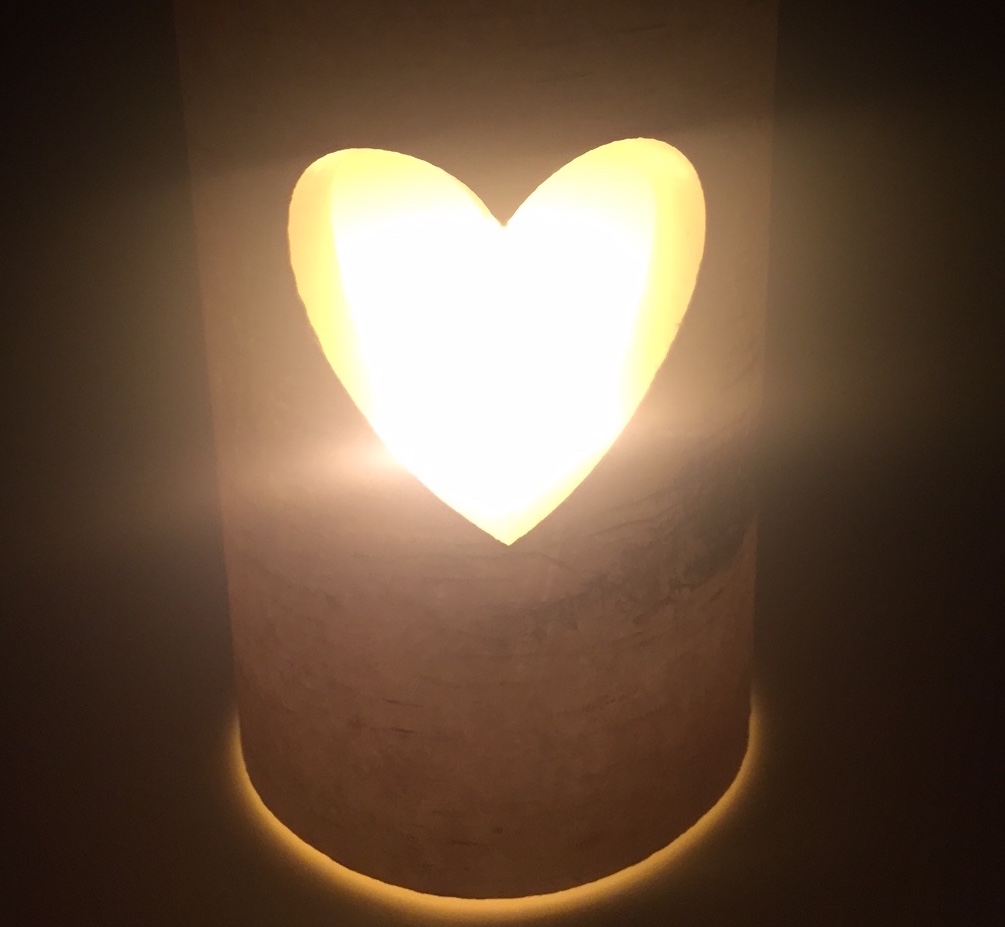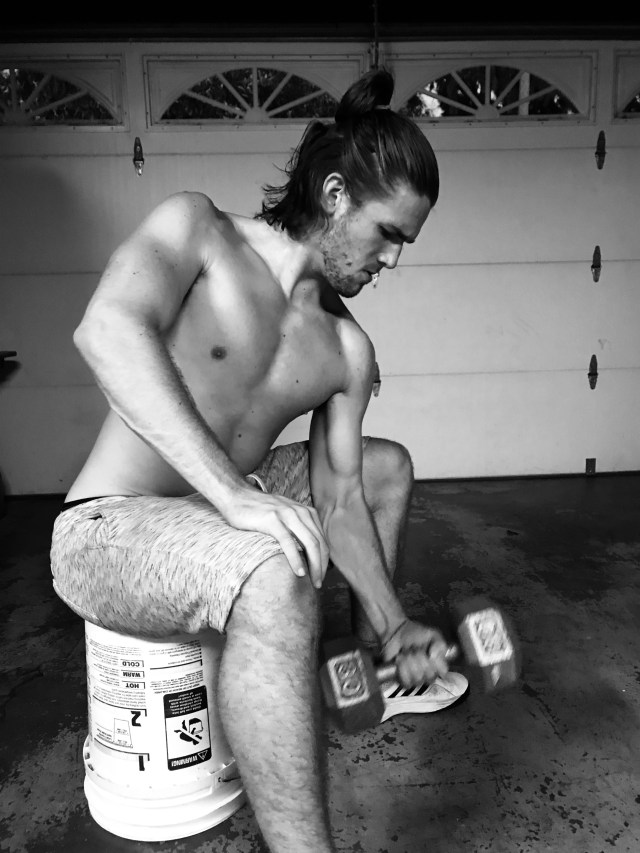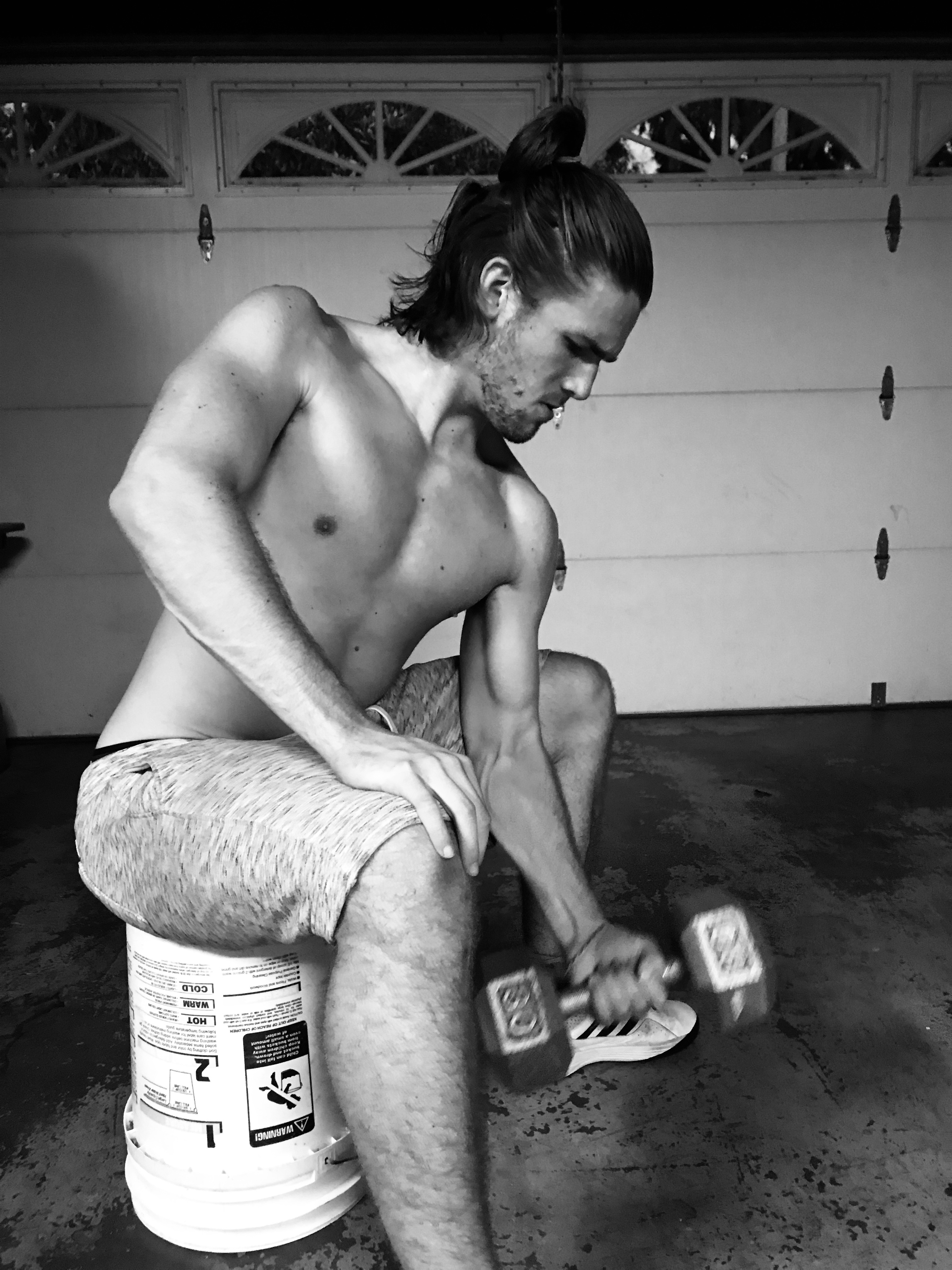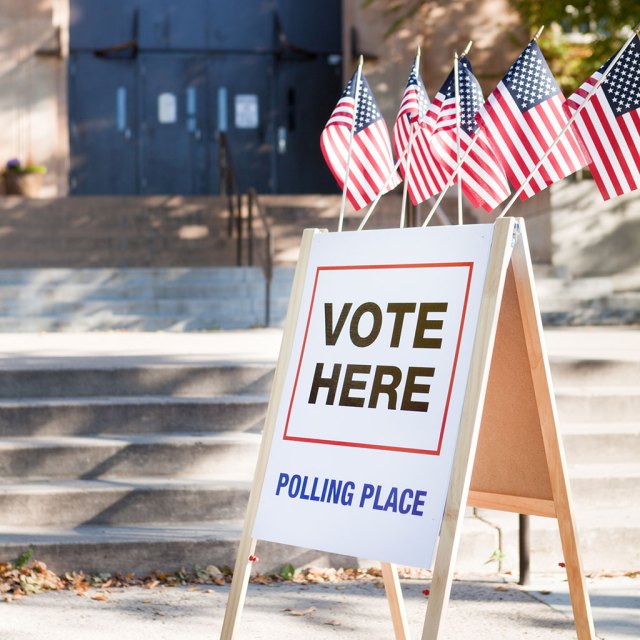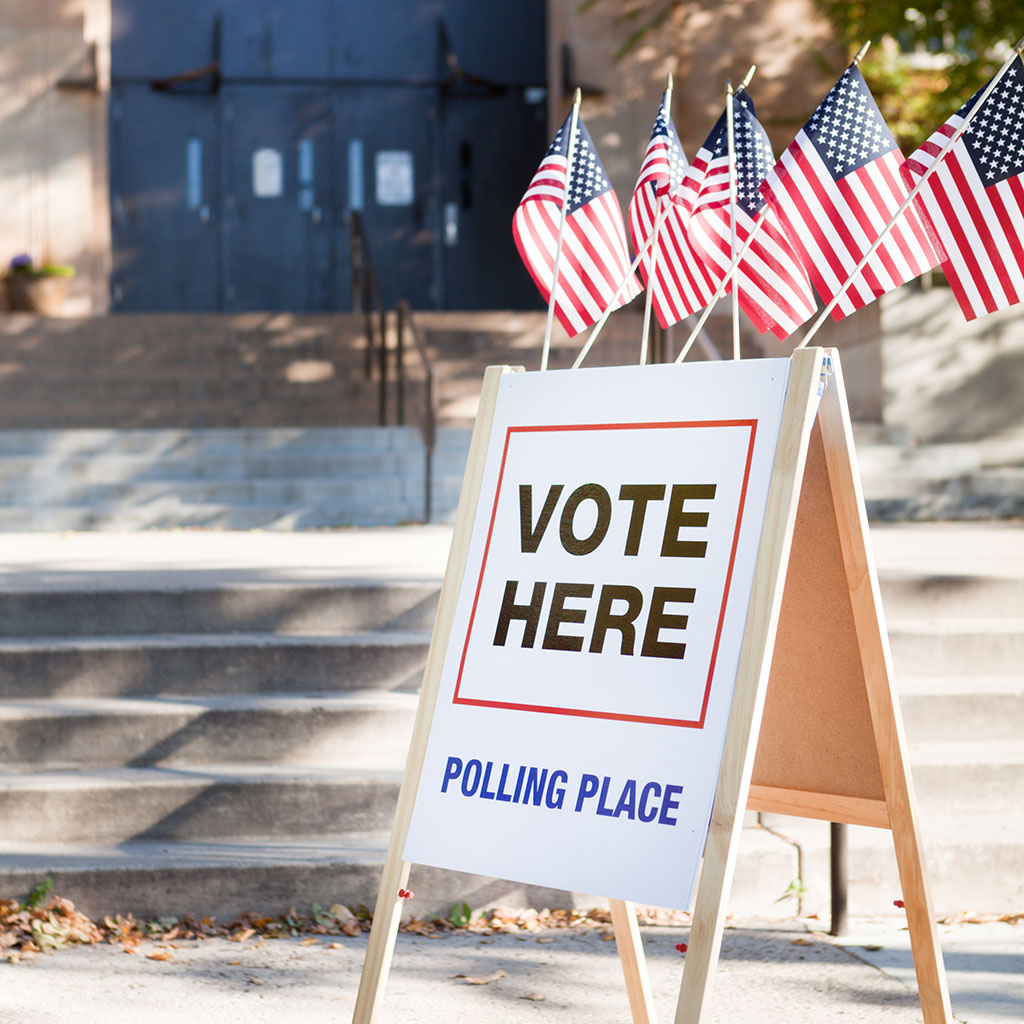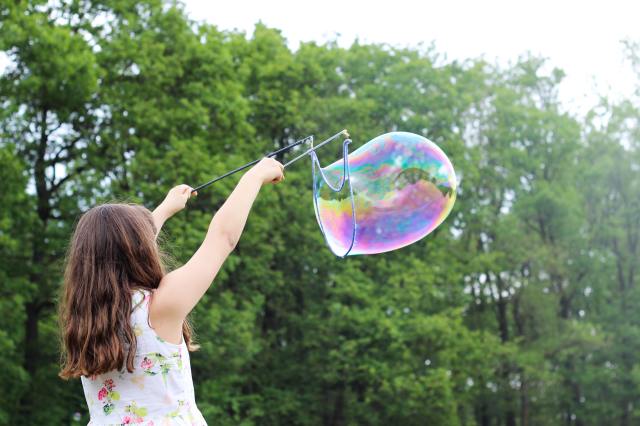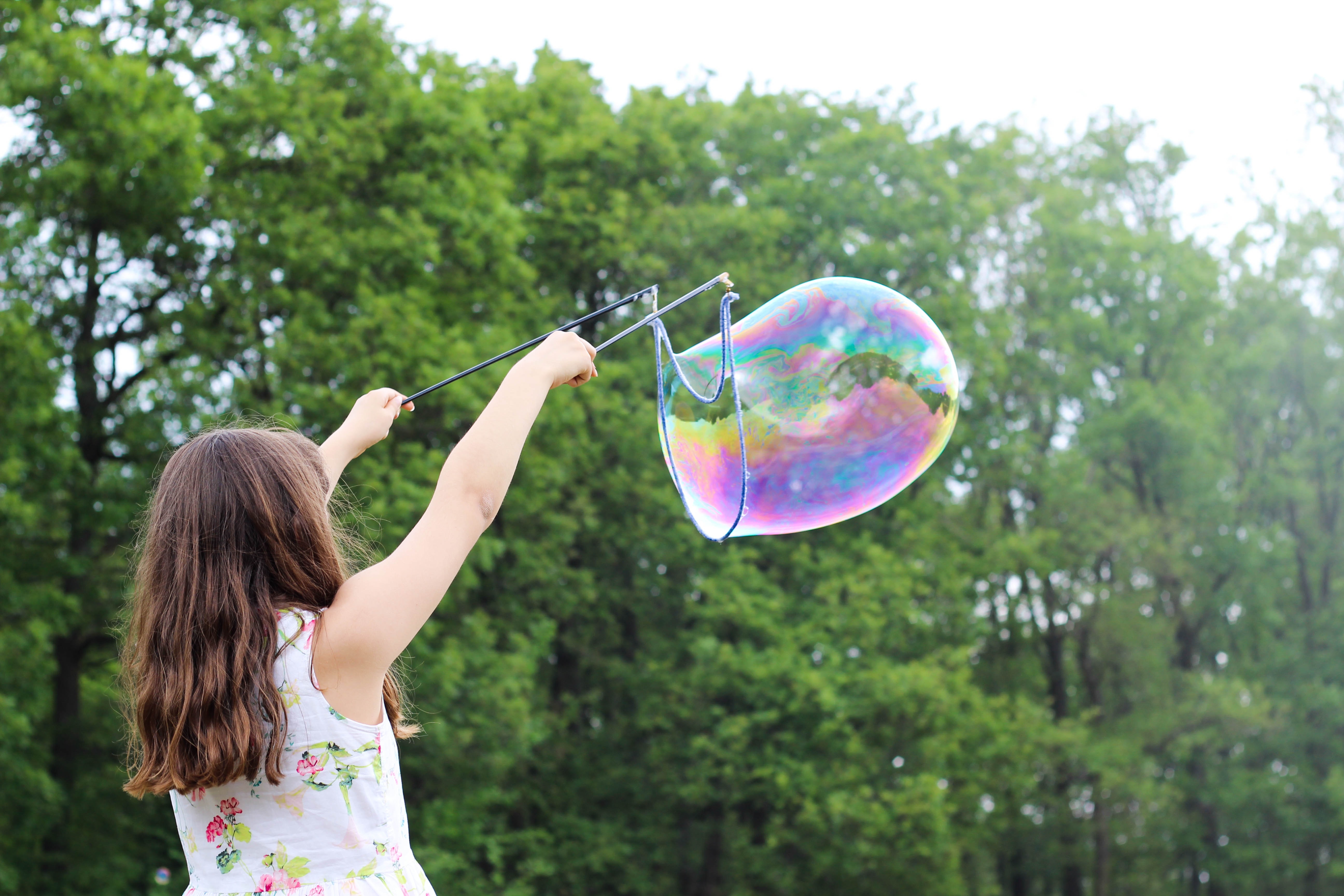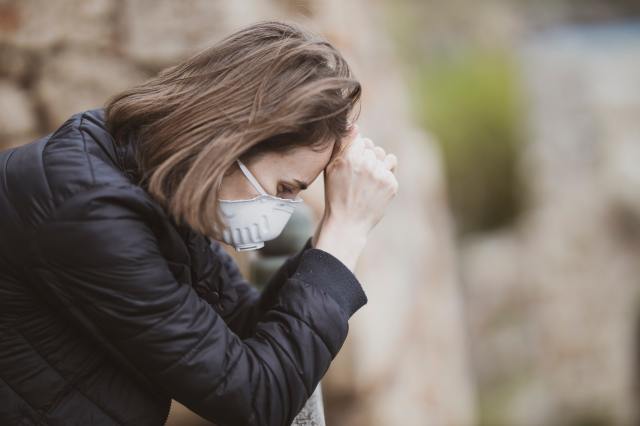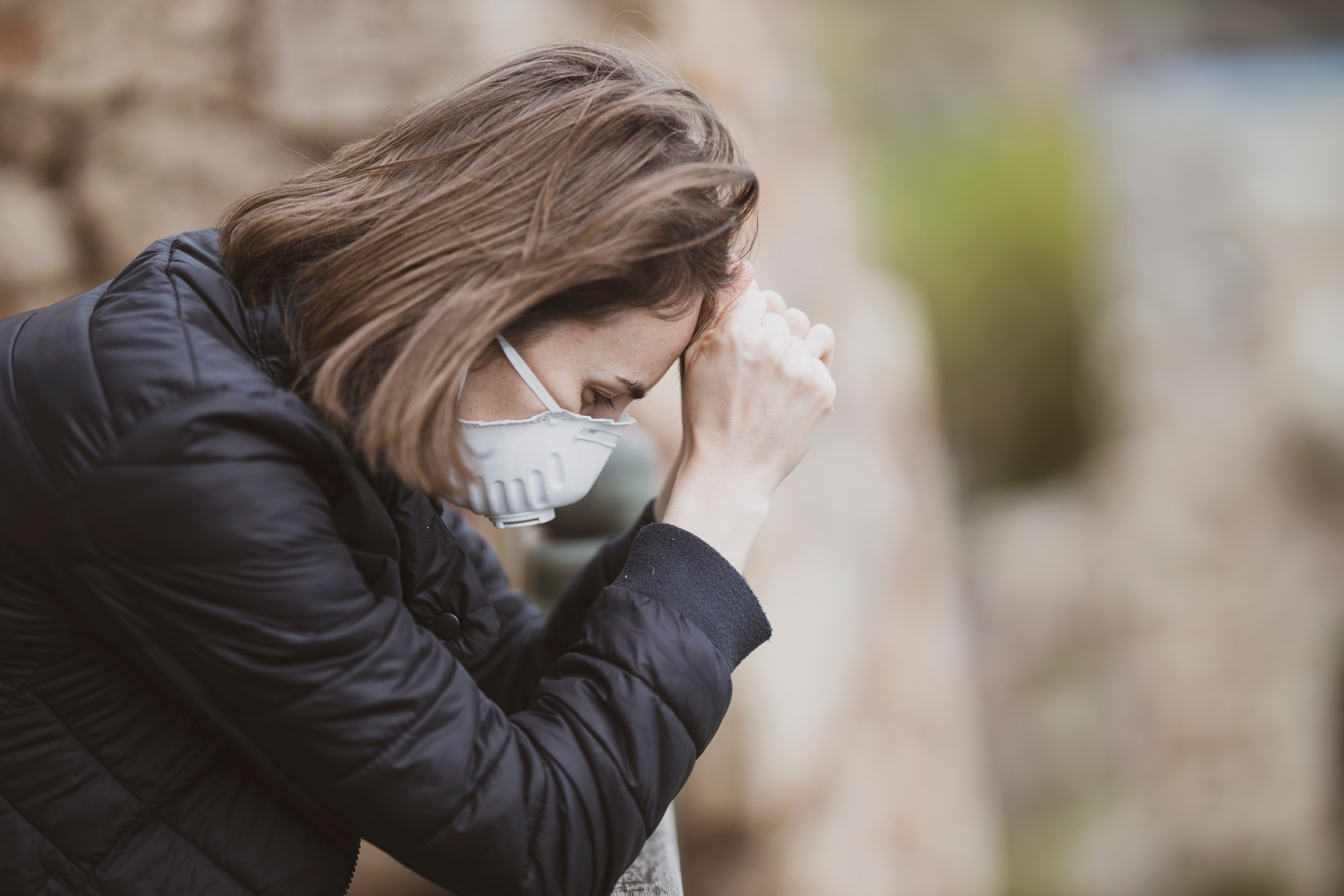It’s never too early (or too late) to talk to your kids about racism, diversity and equality. If you’re having a hard time finding the right way to approach the topic, let literature lend a helping hand. From autobiographical picture books to powerful first-person fiction, we’ve carefully curated some of our favorite books that’ll spark conversations about everything from the immigrant experience to Black History to give kids (and parents) perspective. Keep reading and start listening.
Black Girls Unbossed
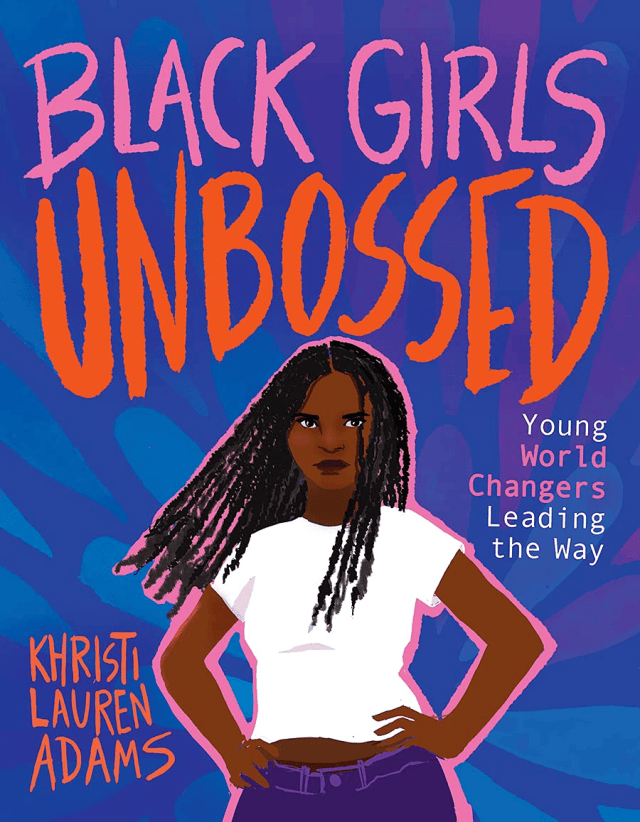
The famous activists we know today started their journeys when they were young––just like the Black girls highlighted in this new book by Khristy Lauren Adams. These young world changers are starting organizations to help those in need, leading racial advocacy efforts, creating apps to aid in mental health issues and so much more, all born out of their own life experiences.
Recommended Ages: 8-12
Available on Amazon, $20
Antiracist Baby
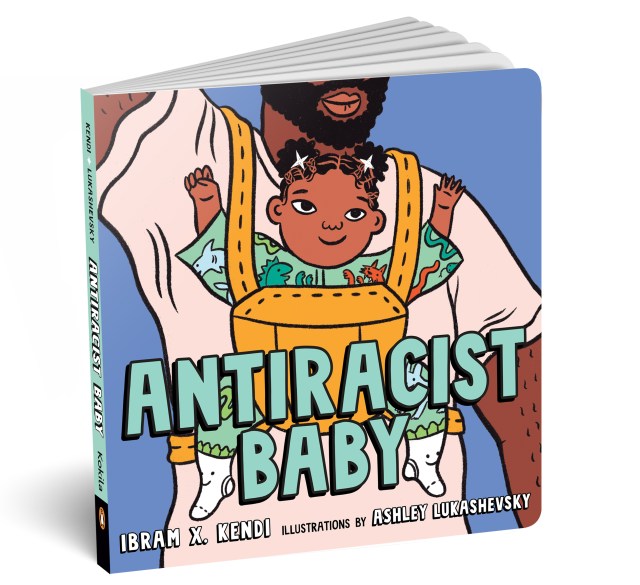
From activist, professor and father Ibram X. Kendi, this lovely picture book will help you and your kids learn about cultivating a more equitable world by following nine simple steps. We love this new and powerful read; it is filled with thoughtful rhymes and beautiful, bold illustrations.
Recommended age: 0-3
Buy it now, $7
We Are Little Feminists Board Book Series
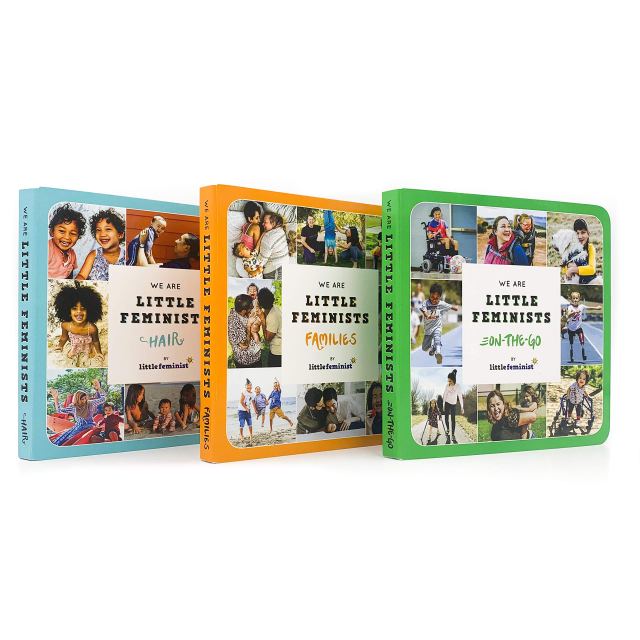
Little Feminist's 3-board-books geared toward early readers (like babies!) all feature photos of REAL families with poems to build vocabulary & connection. The three books include HAIR which showcases race and ethnicity; FAMILIES which includes families in all their variations and showcases gender and sexuality; and ON-THE-GO which includes many forms of abilities, mobility and bodies
Recommended age: 0 & up
Buy it now, $29
Little Leaders: Bold Women in Black History
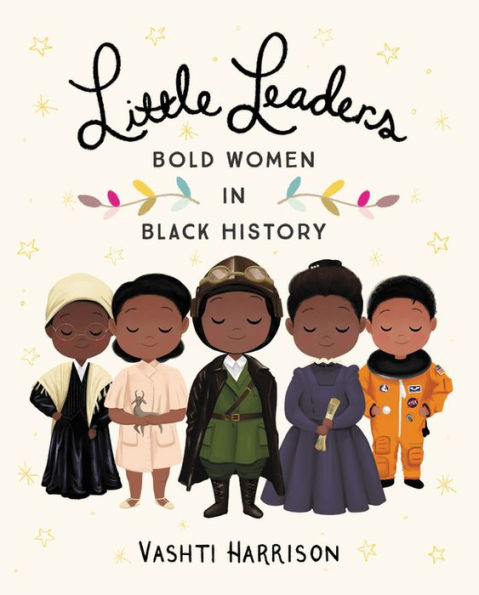
This little book packs a big punch! Featuring forty trailblazing women in African-American history, each entry is accompanied by a beautiful illustration. From pilot Bessie Coleman to crooner Nina Simone to poets, inventors, athletes and more, this book will inspire children of any gender to be bold, beautiful and make history.
Recommended age: 3 & up, but we think you should read it to your baby.
Buy it now, $12
The People Shall Continue
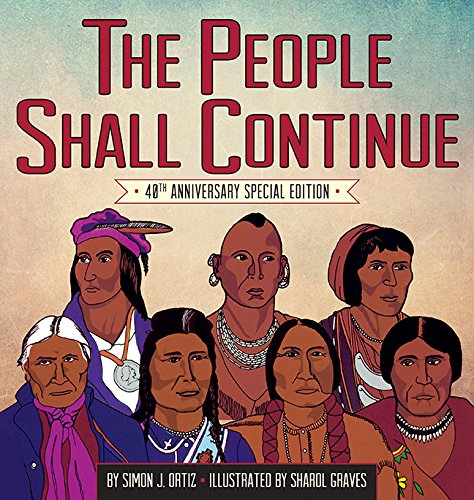
Told with the flow of a Native American narrative, this book tells the tale of those who were usurped, who watched their lands be stripped away and witnessed the enslavement of their people. But, they remembered, found solidarity with other oppressed people and despite all, persisted.
Recommended age: 1-8
Buy it now, $23
We're Different, We're the Same
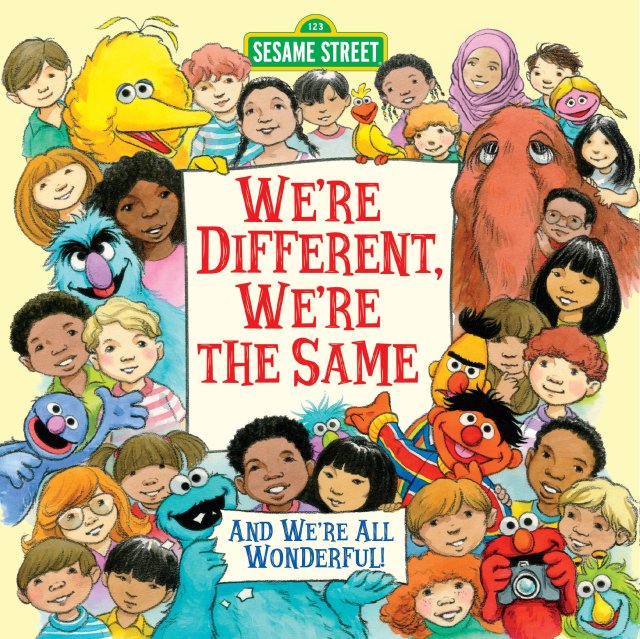
Sesame Street has been teaching kids that diversity is beautiful for over 50 years, so it'll come as no surprise that your favorite muppets star in this great book about racism for kids. Elmo and his friends show us that even though we might look different on the outside, on the inside we all have the same needs, feelings and desires.
Recommended age: 3-7
Buy it now, $3
Something Happened in Our Town
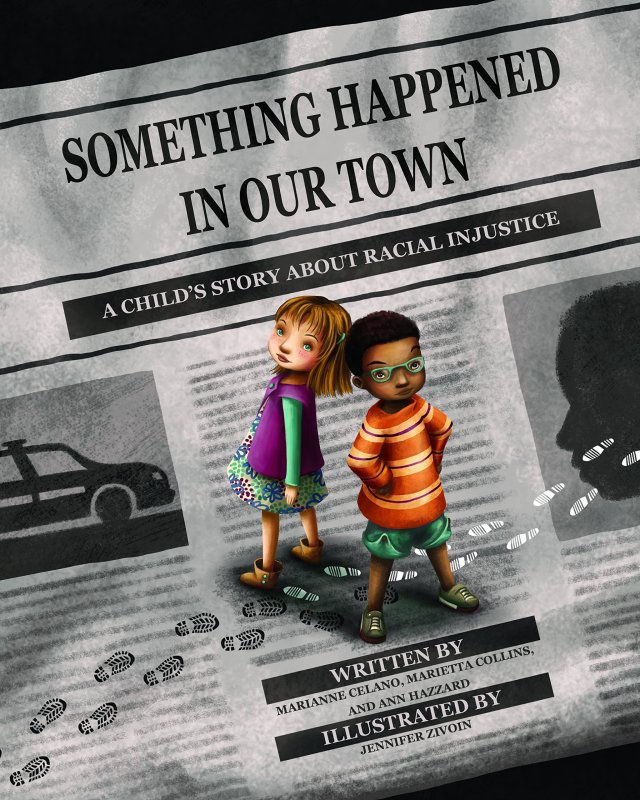
Follow two families, one white, one black as they each discuss the shooting of a Black man by the police in their town. It touches on subjects like violence, social injustice, racial profiling and entitlement. The lovely illustrations and positive messaging tackle the tough subject matter in just the right way.
Recommended age: 4-8
Buy it now, $13
A Kids Book About: Racism
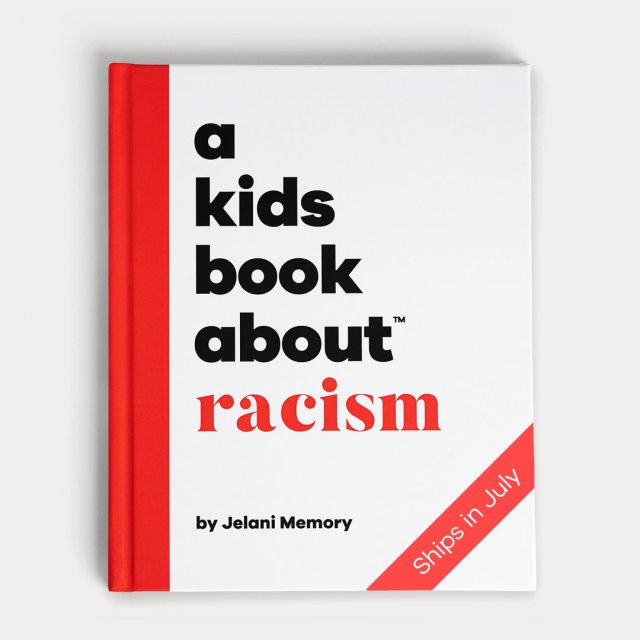
Sometimes the easiest way to get your point across is to just SAY IT. That's what this book by father, thinker and entrepreneur Jelani Memory. With simple text, bold images that explain what racism is, how it makes people feel and how to spot it when it happens, this must-have book lays it all out so that even young kids can start to listen and learn.
Reccomended age: 5 & up
Buy it now, $52
I Am Harriet Tubman
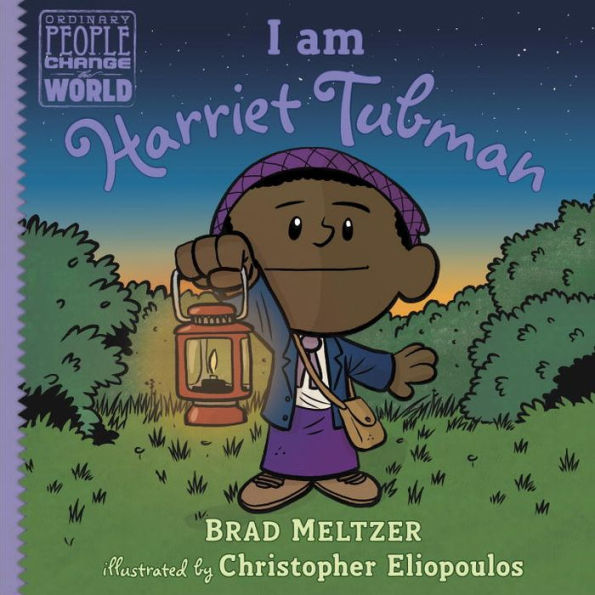
Brad Meltzer’s latest release in his Ordinary People Change the World series, we learn the story of Harriet Tubman and her bravery as she fought to abolish slavery. She helped hundreds of African Americans escape slavery and find freedom through the Underground Railroad. This is one book that will inspire your kids to become heroes themselves.
Recommended age: 5-8
Buy it now, $11
The Day You Begin
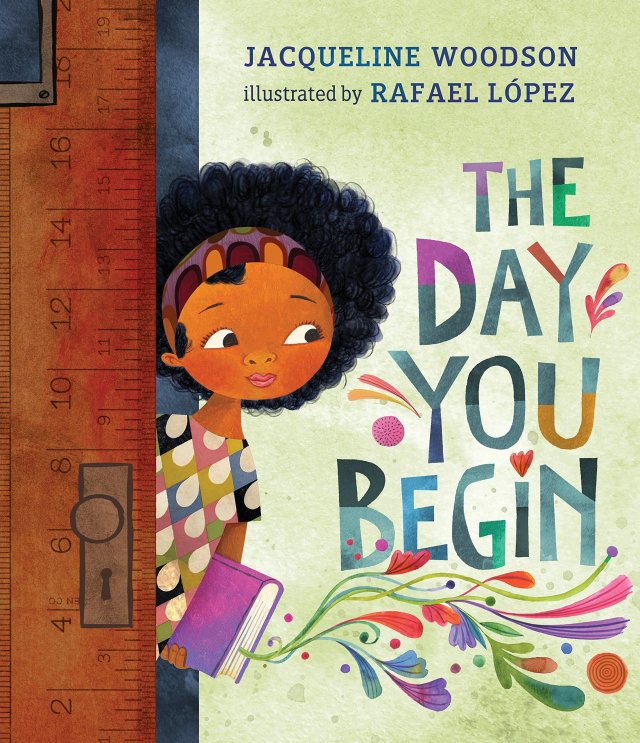
Imagine walking into a room and seeing no one like you? Whether your skin is different, you walk differently, you talk differently, you wear different clothes, there are many reasons to feel different. This lovely rhyming story is all about being inclusive, and it encourages kids to be comfortable in their own skin and savor what is unique about them.
Recommend age: 5-8 years
Buy it now, $12
Maya Angelou (Little People, Big Dreams)
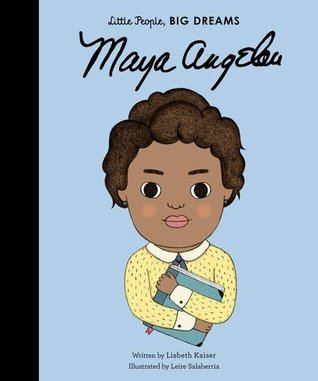
Like the “I Am” series, the Little People, Big Dreams series explores amazing men and women of history, from artists to scientists to activists, teaching kids that one person can make a difference. This book covers the inspiring Maya Angelou’s journey, from a traumatic childhood to one of the world’s best-loved authors. If you thought you knew who Maya Angelou is, you are in for a treat: this book will leave you even more in awe than you already were. Written by Lisbeth Kaiser and illustrated by Leire Salaberria.
Recommended age: 5–8 years
Buy it now, $10
Black Is a Rainbow Color
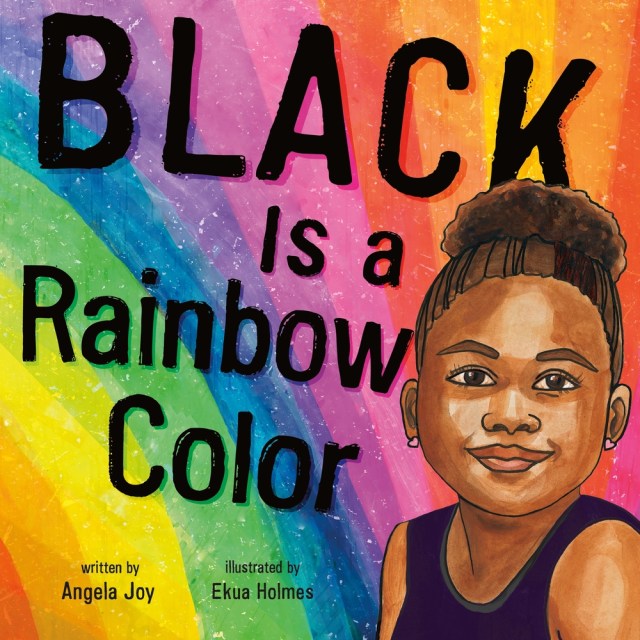
When debut author Angela Joy set out to teach her children their first Black History lesson she was not expecting her preschooler to say, "But Mama, we're not black, we're brown." It was then that she realized that she wanted her children, and all children, to understand that being Black was about culture as much as color. Vibrant, stained-glass like artwork by Coretta-Scott King Award-winning illustrator Ekua Holmes accompanies Joy's poetic text as we join a little girl on a journey to discover all the wonderful things that Black is. Includes a suggested playlist as well as an expanded explanation of the historical references in the text to allow parents to explain Black history to their kids. It's an exceptionally designed, written and thoughtful new book appropriate for kids of all ages and ethnicities.
Recommended age: Suggested age, 4-8, but we think even older kids can benefit from this book due to the important historical talking points in the back of the book.
Buy it now, $14
A Song for Gwendolyn Brooks
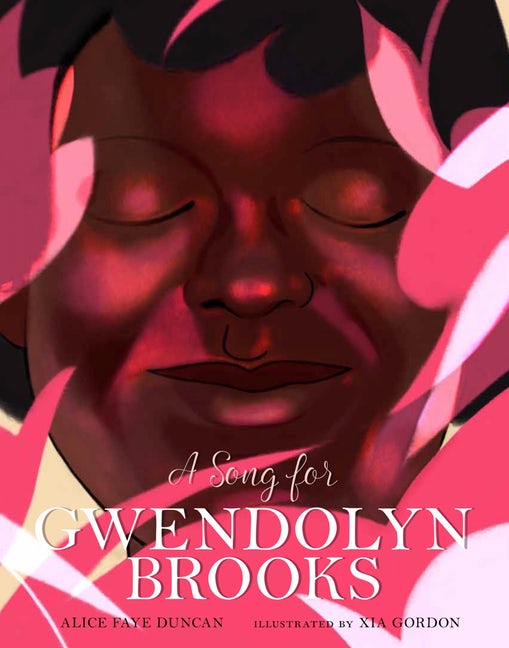
Celebrate the life and voice of poet Gwendolyn Brooks with this thoughtful story that combines both Brooks' legacy with her life story. Known for being one of the most foremost poets on the Black experience and the role of women in society, Gwendolyn Brooks went from a young child writing all the time to become the first Black author to win the Pulitzer Prize and authoring 20 books of poetry, two autobiographies and one novel. Celebrated author and children's librarian Alice Faye Duncan makes Brooks come to life on the page for the young reader.
Recommended age: 5 & up
Buy it now, $10
The Youngest Marcher: The Story of Audrey Faye Hendricks, a Young Civil Rights Activist
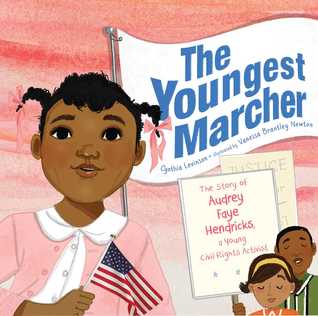
Audrey was arrested! Cynthia Levinson brings this true tale of the youngest known child to be arrested at a civil rights protest in Birmingham, Alabama. Kids will cheer for Audrey, equality and the rights of all children. Illustrated by Vanessa Brantley Newton.
Recommended age: 5–10
Buy it now, $12
Of Thee I Sing: A Letter to My Daughters
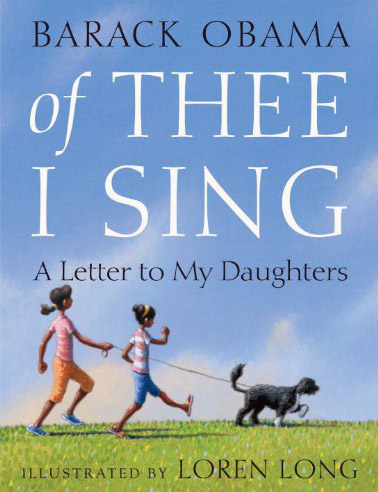
Written by President Barack Obama as a letter to his own daughters, this is the story of 13 key players in American history. From Jackie Robinson to Georgia O’Keefe to George Washington, Obama illustrates how his own children—and all kids—have these heroic traits in themselves. Uplifting and encouraging, your kids will gain an understanding of the history of the United States and know that “yes!” they can. Illustrated by Loren Long.
Recommended age: 5 & up
Buy it now, $11
A Ride to Remember

The summer of 1963 was an important time in America. Not only did Martin Luther King Jr.'s March on Washington take place, but the Gwynn Oak Amusement Park in Maryland became desegregated and open to everyone. As the first African-American child to ride the carousel at the park that day, co-author Sharon Langley shares her story in this new book all about how a community came together for positive change.
Recommended age: 6-9
Buy it now, $14
Heart and Soul: The Story of America and African Americans

If you want to talk about Black History with your kids, this book will take you back to the beginning. Told from the point of view of a 100-year-old African-American woman, Heart and Soul takes kids on a journey through the history of slavery to Jim Crow laws to the quest for equality and freedom in our schools and beyond. It teaches them about the reality and the inspiring truth: the men, women and children of all colors who rallied to change education laws and end segregation and who fight still for truth, justice and the true American way. Kadir Nelson is an award-winning author and illustrator, whose honors include the Coretta Scott King Author and Illustrator Award.
Recommended age: 6–10
Buy it now, $7
You Should Meet: Katherine Johnson
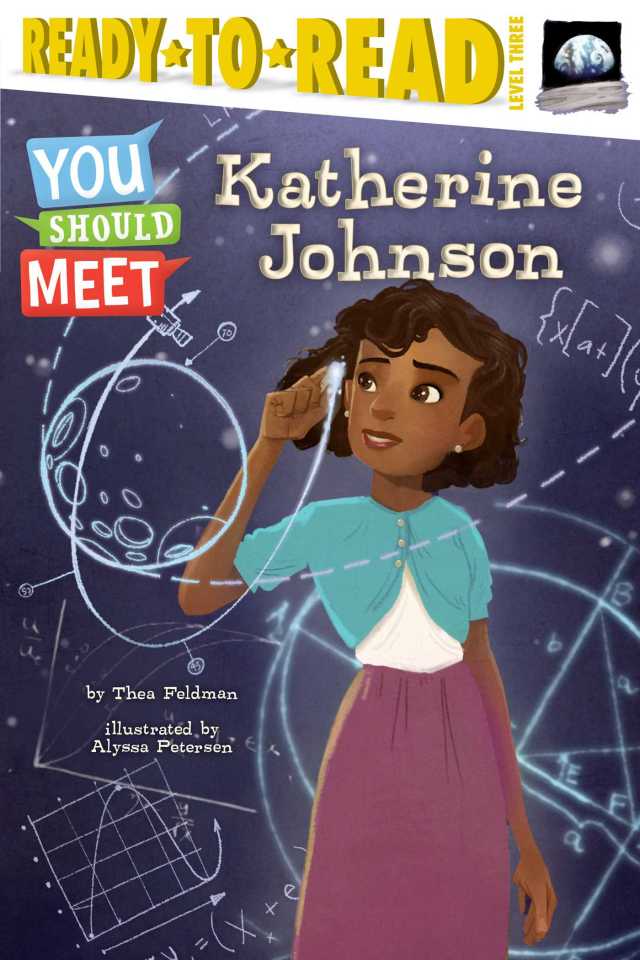
Who was Katherine Johnson? This book will tell you: she is said to be one of the greatest minds of all time! She worked in the 1950s for the NASA space program and was such a brilliant mathematician that she figured out the math needed to send a rocket to the moon in her head. She didn't even use a computer or a calculator. This book will teach kids about her early life as a child growing up in a small town in Virginia that didn't even have a high school for African Americans (schools were segregated then), how her family moved to a town with a high school she could attend, and about her incredible career as a scientist and mathematics marvel.
Recommended age: 6-8
Buy it now, $5
Todos Iguales / All Equal
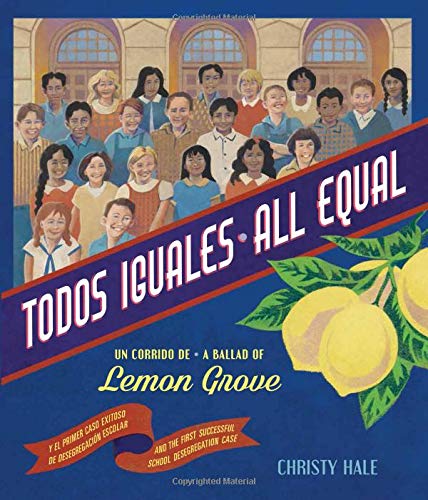
Did you know the first success school desegregation case took place in Southern California? 23 years before the historical Brown v. Board of Education case there was the little-known case of Roberto Alvarez v. the Board of Trustees of the Lemon Grove School District. This lovely bilingual storybook tells the tale of one immigrant community and its fight for equal rights.
Recommended age: 8-11
Buy it now, $19
Front Desk
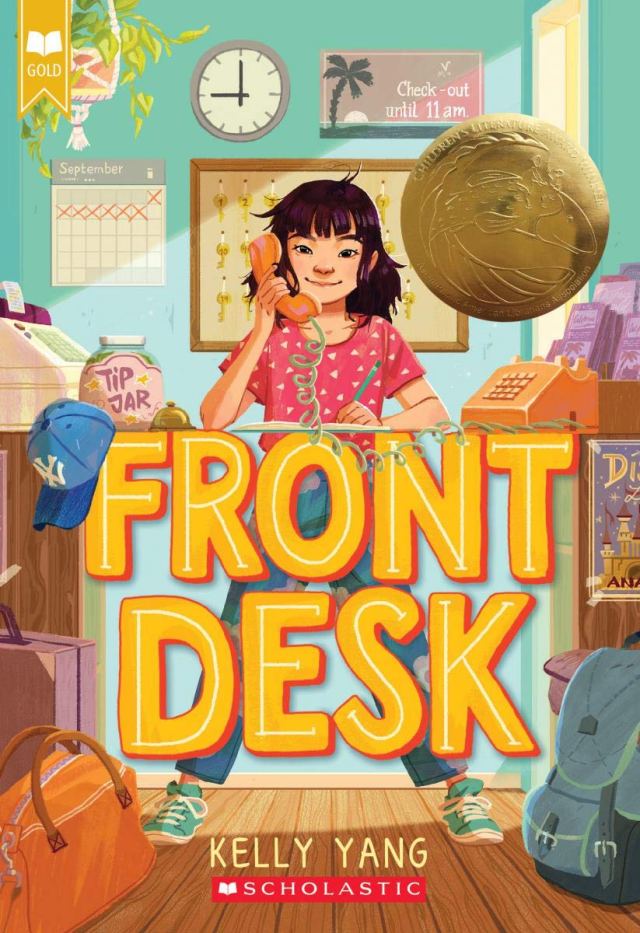
Mia Yang has a few secrets: she lives in a motel, her parents clean the motel rooms and hide immigrants, and she wants to be a writer, not a mathematician. Loosely based on author Kelly Yang's childhood, this powerful story addresses poverty, systemic racism, stereotypes and more. Although this story takes place in the '90s, many of the heartbreaking stories told here remain true for immigrants and minorities today.
Recommended age: 9 & up
Buy it now, $8
Schomburg: The Man Who Built a Library

Afro-Puerto Rican immigrant and hero Aturo Schomburg was a law clerk with a passion: he collected books, letters, art and music from Africa and the African diaspora. When the collection got too big for his own shelves, he turned to the New York Public Library where, in 1905, he curated a collection known then as the "Negro Division." Not only does this book take you through the life and times of the amazing Arturo Schomburg, but it also details critical and often overlooked African Americans and African American history throughout major events in the forming of the United States of America, including revolutionaries, the woman who wrote poems in praise of George Washington, the powerful writings of Frederick Douglass and the whitewashing of African history. A must-read for kids from all walks of life.
Recommended age: 9-12
Buy it now, $10
42 Is Not Just a Number: The Odyssey of Jackie Robinson, American Hero

Jackie Robinson was an all-star from a young age: baseball, basketball, football, he excelled at them all. With talent like that, it seemed likely he'd go pro except for one thing: the color of his skin. So Jackie joined the Negro Leagues, setting records and impressing the manager of the major league team, the Brooklyn Dodgers. In 1946, Jackie became the first African American EVER to play in MLB. He faced cruelty, protests and violence. But he persisted: he displayed courage, determination, restraint and an incredible ability to win the game. This detailed chapter book will help parents and kids alike to remember never give up.
Recommended age: 8-12
Buy it now, $7
Kira-Kira
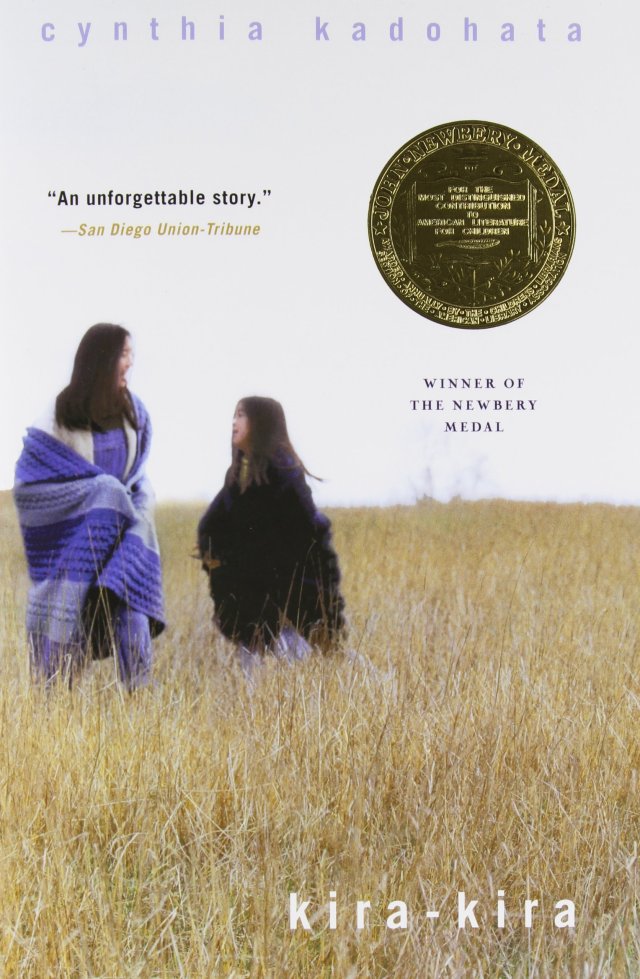
This Newbery Award-winning book follows Katie and her family as they leave Iowa and move to Deep South Georgia in the 1950s. One of only 31 Japanese-American families in town, Katie, her older sister Lynn and hard-working parents will encounter racism at school and at work and when tragedy befalls the family, Katie must stay strong for everyone. A sobering historical fiction tale worth reading.
Recommended age: 10-14
Buy it now, $6
This Book Is Anti-Racist: 20 Lessons on How to Wake Up, Take Action, and Do The Work
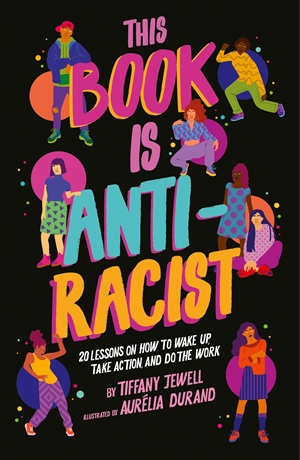
New in January of 2020, author Tiffany Jewell aims to dismantle racism by helping readers understand the origins of racism, current racism in our society and how to stand up against racial oppression. Each chapter builds on the previous one as you learn more about yourself and racial oppression and it includes 20 powerfully effective activities to get you thinking and help you learn and grow.
Recommended age: The publisher list ages 11+ but we think every family should own a copy of this and read it together.
Buy it now, $6
Loving vs. Virginia: A Documentary Novel of the Landmark Civil Rights Case

This book for older readers tells the story of a landmark civil rights case. Richard and Mildred Loving met in 1955 in Caroline County, Virginia, during a time when segregation, prejudice, injustice and cruelty were the norm. They fell in love and their love was at the heart of the Supreme Court case that legalized marriages between races.
Recommended age: 12 & up
Buy it now, $8
Other Words for Home
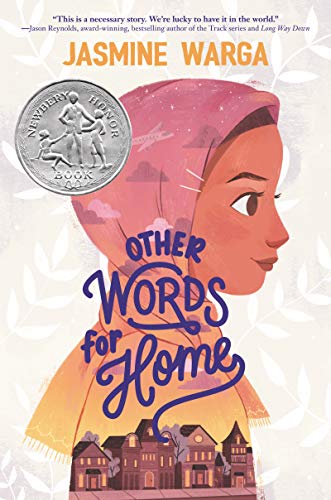
In this Newbery honor book, you'll meet 12-year-old Jude, who has left her seaside home in Syria to escape the country's brutal civil war. She and her mother leave her father and brother behind as they head for Cinncinati to stay with relatives. Jude will experience being labeled as "Middle Eastern" for the first time, but she'll also discover new friends, a school musical that's worth taking the risk and finally understand that home can be in more than one place.
Recommended age: 8-12
Buy it now, $8
The Hate U Give
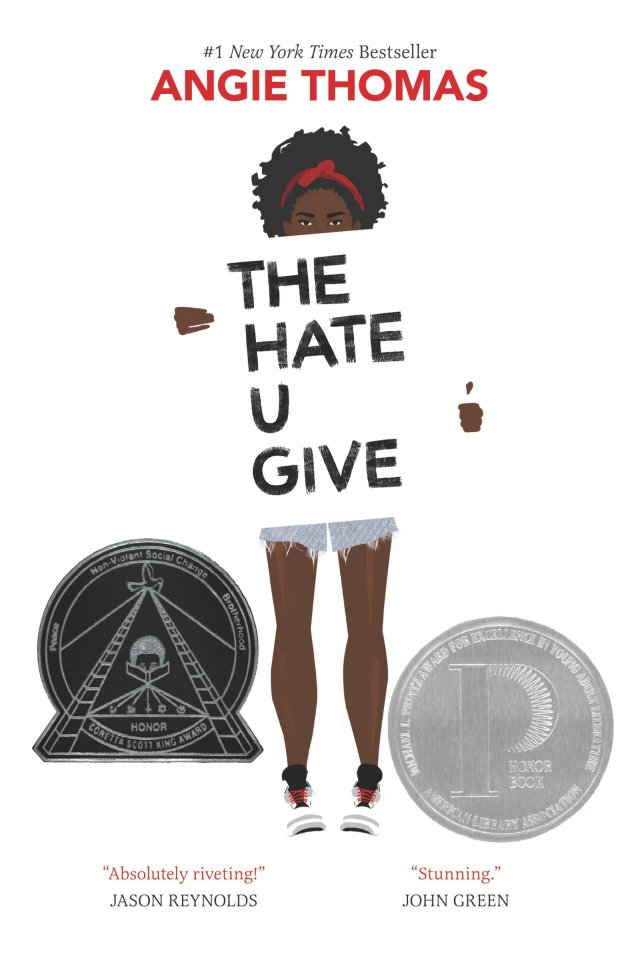
16-year-old Starr Carter is constantly trying to find the balance between the fancy prep school she attends and the poor neighborhood in which she lives. When she witnesses the death of her childhood friend at the hands of the police, that balance is shattered. The protests, the hate and the confusion that follow are achingly similar to current events. A heartbreaking tale, this poignant first-person narrative is a great way to start or continue a conversation with your tween about the Black Lives Matter movement.
Recommend age: 12 & up
Buy it now, $13
All the Days Past, All the Days to Come

From Newbery Award-winning novelist Mildred D. Taylor comes the end of the Logan family saga that began with Song of the Trees and Roll of Thunder, Hear My Cry. In All the Days Past, Cassie Logan is all grown up and trying to find her place in the world. Her journey takes her to Toledo, California, law school in Boston and finally, back to Mississippi in the '60s to help with voter registration. She will be witness to the rise of the civil rights movement, which is preceded by racist American white society, and the often violent confrontations that bring about historical change.
Recommended age: 14 & up
Buy it now, $11
Want to shop and support an independent bookstore? Check out Indiebound to find a bookstore near you.
—Gabby Cullen, Amber Guetebier & Karly Wood
All photos: Courtesy of publishers
RELATED STORIES:
This Author Compiled the Ultimate List of Diverse Reads for Teens & Tweens
How to Talk to Your Kids About Race & Injustice
12 Kids Books That Celebrate Diversity & Inclusion
Dear Parents, Black History Is American History
